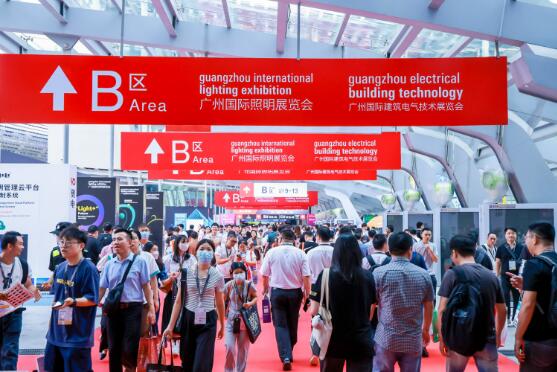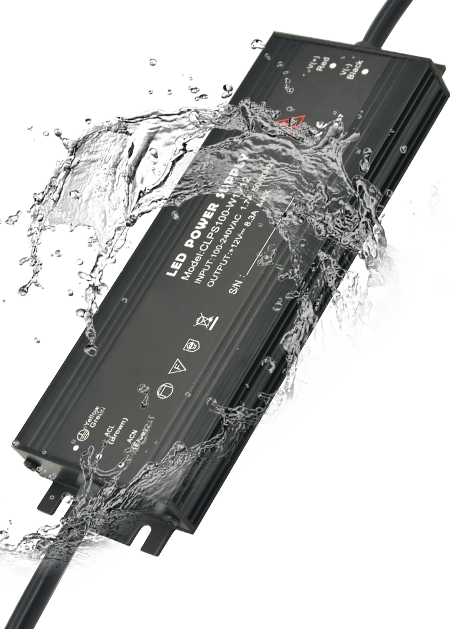LED strips are practical and versatile: perfect for decorating or creating uniform linear lighting when you have only one point of light. They are easy to install, save energy and have a long life. To choose them well, consider some characteristics: the length you need, IP protection index, brightness, and hue.
Why choose an LED strip?
LED strips, also called LED strips, are suitable for various applications and places of use. They allow you to create decorative lighting in some areas or illuminate an entire room with just one light source, using longer strips. They also save a lot of money on electricity consumption and last a long time thanks to LED technology.
LED strips are flexible carriers on which LED chips are soldered and used for lighting. They differ in the number and spacing of chips, their power, light intensity, and other technical characteristics.
To make the right choice, you should first consider where you want to install the strip, whether indoors or outdoors, and whether it is intended for a decorative function or general lighting.
The main features you should consider are the length you need, the IP protection index, the total brightness and per meter, the power, and the color of the light.
The LED strips offer many advantages:
They are adaptable to different applications. Can reduce many LED strips simply by cutting at the points marked with the scissors symbol or extended with particular joints.
They are flexible and can be used on all surfaces, flat or curved.
They save electricity and last longer thanks to LED technology.
They are easy to fix, thanks to the adhesive back. You can use the unique aluminum profiles for a perfect and durable installation.
A single connector powers them at the end. Batteries or USB sockets power some models.
Where you want to place the LED strip
Where do you want to place the LED strip, and what do you need it for? The first thing you should consider is the length you need and the brightness you need. If you want to use it outdoors or in rooms with high humidity, such as in the bathroom or kitchen, you need to consider some safety requirements.
Choose an LED strip for:
LED strip for decoration
If you need an LED strip for one area of the room or to light shelves or cabinets, then the 1.5-meter or 5-meter sets with transformers are perfect for you. These are perfect for decorative use because of their soft brightness, about 160 lumens per meter. If you like colorful environments and want to change the atmosphere now and then, opt for a kit with multicolor RGB light with the included remote control to choose the right color every time.
LED strips for TV
To illuminate the back of your TV or PC, a kit with two strips of blue, white, or multicolor RGB light, diffuse and not too intense, does not tire the eyes, and does not create glare and annoying reflections. A USB plug powers it.
For the bed
For the bed, a kit consisting of two strips that automatically turn on when your feet touch the floor, thanks to the built-in motion sensor.
For the bookcase
The ideal solution is the 0.5 m battery-powered LED strip kit. To illuminate a bookcase, shelves, or plasterboard niches when there is no power nearby,
LED strip for one zone of the room
Do you want to create functional lighting on the countertop in the kitchen, accompany the steps of a staircase or create a lighting effect behind a piece of furniture? Then a kit of 1.5 or 5 meters is perfect. In this case, you need a higher light intensity, about 380 lumens per meter for white light or 200 lumens per meter for multicolored light. These kits adapt perfectly to any environment, as they are all expandable by adding strips with the appropriate joints or can be reduced simply by cutting them with scissors at the indicated points. They already include the transformer and the remote control for the iridescent and adjustable models.
LED strips for room
You can also use LED strips as the main lighting in a room. Remember that you need enough length to enclose the ceiling or walls. You can make several strips of at least 5 meters until you reach the desired size. They give off a diffused and intense light. Always check the brightness: you can choose between 580, 1160, and 2320 lumens per meter. Depending on the light intensity, the consumption or total power (watts) is more or less (from 36W to 120W). Make sure you choose a suitable 24V power supply.
Outdoor LED strips
Outdoor LED strips are made of weatherproof materials. Always check the protection rating when the LED strip is placed in a location exposed to moisture and rain. It must be at least IP65 to ensure durability and safety. IP68 is the maximum protection rating and is also suitable for use underwater, such as in fountains or swimming pools. You can buy a kit or assemble several 5m strips to achieve the desired length. Outdoor strips emit white light (warm, cold, natural) or multicolored RGB and range in brightness from 300 to 680 lumens per meter. Be sure to choose a 12V power supply that is suitable for the total output.
LED strips are self-adhesive and easy to install, as they are attached directly to the fixture. However, you can use aluminum profiles to fix them better and improve adhesion. These significantly improve the final result from an aesthetic point of view and guarantee a longer life.
Covers are plastic covers placed on the profiles to protect the strips from dirt and dust. The brightness remains brilliant with a transparent cover, while with a frosted or white surface, the light becomes soft and subdued.
DISCOVER PROFILES AND COVERS FOR LED STRIPS
We recommend installing the LED strip with an aluminum profile because:
an LED strip tends to overheat after a while of operation, especially if it has high power. The shape is useful not only for its aesthetic effect but also because it dissipates heat.
The profile increases the life of the LED strip. If the LED strip cannot dissipate the heat, its protective layer will yellow and harden over time until it breaks.
The profile allows you to use a corner or recessed mounting in addition to the classic flat one.
The profile can be white or aluminum
Protection index: safe choice of LED strips
Protection index: safe choice of LED strips
IP protection index is a very important factor to consider if you want to use the LED strip outdoors or indoors exposed to moisture, such as bathroom and kitchen. The IP rating refers to the European standard EN60529 and is followed by two digits, which are used to classify the protection of the electrical device against moisture, temperature changes, and foreign objects.
If the LED strip is installed in a dry environment, such as a living room or bedroom, a protection rating of IP20 is sufficient.
For humid environments, such as kitchen and bathroom, you should choose at least IP43. The degree of protection required by regulations depends on the device’s distance from the sink, toilet, shower, or bathtub.
For gardens and outdoor areas exposed to rain and moisture, always choose a higher degree of protection than IP65.
IP68 is the highest rating and is required for submerged installations such as swimming pools, bathtubs, fountains, and aquariums.
Brightness and power consumption
LED strips are very different from traditional light bulbs, whether LEDs or halogens, and when it comes to judging how much light an LED strip can give off, we must not look so much at the power expressed in watts (W), but at the light intensity, which is measured by lumens (lm).
When it comes to comparing LED strips with each other, these parameters must be considered:
Total brightness: this is the amount of light the strip can emit and is measured in lumens.
Brightness per meter: Since an LED strip does not emit light in a single point or defined area, you can use the brightness emitted per meter to compare two LED strips.
Consumption: is the amount of electrical energy the LED strip consumes to function and is measured in watts. The lower this value is, the greater the savings in the bill.
Consumption per meter: This is important to compare two strips of different lengths and calculate the power the transformer must support if you are not using the entire length.
Number of LEDs per meter: This value indicates the distribution of chips on a running meter. Without going into too much technical detail, the basic rule is that the more LEDs there are in a meter, the more diffuse and homogeneous the lighting effect. Too few LEDs per meter can lead to a disturbing dotting development.
The light color of LED strips
Did you know that the color of light affects the atmosphere of an environment and perception, improving physical well-being or increasing concentration? LED strips can be monochromatic (one color: white, blue, red, or green) or multicolored.
If you choose a white LED strip, you can select the color temperature (measured in Kelvin degrees) that you prefer, distinguishing white light from warm, cool, natural light. On the other hand, if you prefer a multicolored option, thanks to the new CCT and RGB technologies, you can adjust the white light tone or choose thousands of colors.



